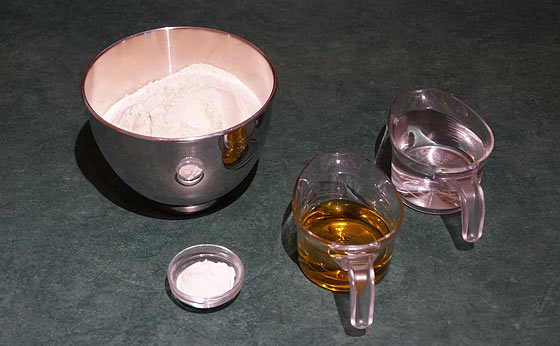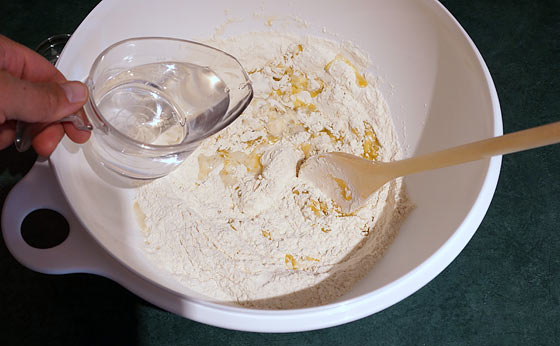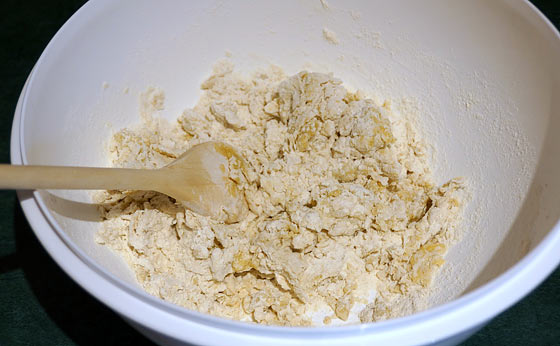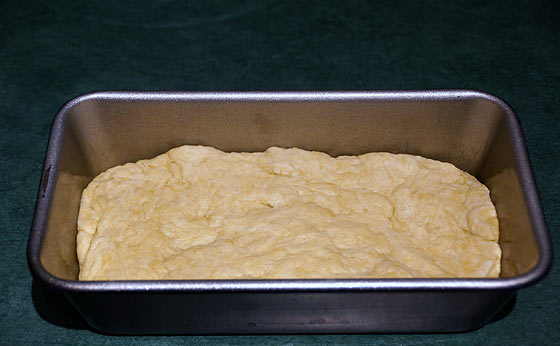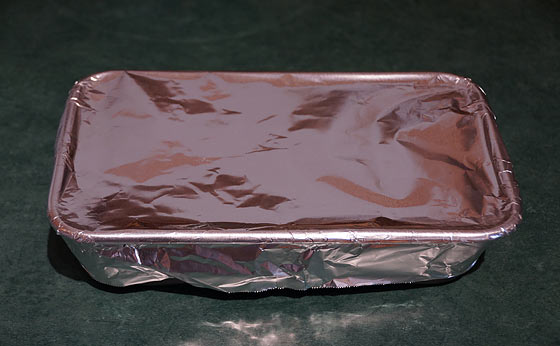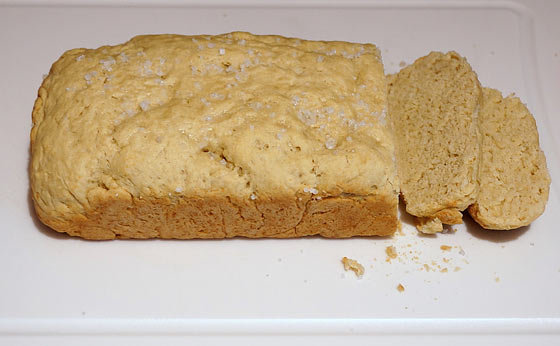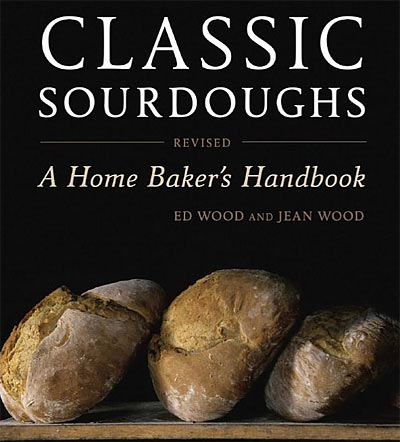Bread Recipe – Without Yeast
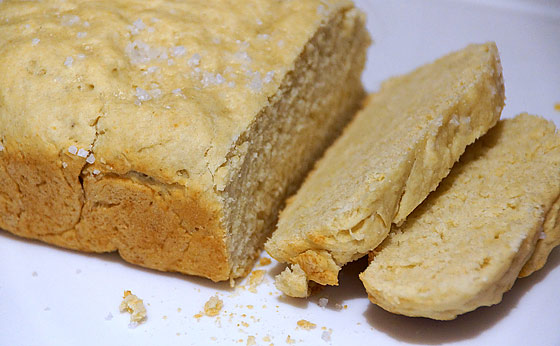
There are all sorts of creative ways to make bread without yeast. You might ask, “Why would I want to know how to make bread without yeast?” Maybe for the sake of preparedness – simply knowing how to make due without yeast…
This is very basic ‘bread’, but it works, and it’s edible.
Here’s how to make it:
The final product is pictured above. I have previously posted the recipe in an article titled, “How To Make Basic Bread From Dough Without Yeast”, however I thought I would add more pictures in this post, along with more details, as well as a request for you to share your own creations and recipes for bread (with no yeast).
This is an edible bread from basic ingredients that have a good shelf life without the requirement for refrigeration or without yeast. The results are not going to be the traditional fluffy bread you’re used to, but it’s not too bad… Surprisingly (given the ingredients) the bread has a consistency crossing between actual traditional bread and a biscuit. Certainly not a light and fluffy bread, but it’s not a brick either.
Bread Ingredients & Shelf Life
Flour. Unopened bags of white flour will generally stay fresh up to one year. As the flour gets older it will eventually develop a bad taste, and then go rancid. For a shelf life up to ‘decades’, store ‘wheat berries’ (not having been milled yet). When it’s time to make bread, you will need to mill the wheat into flour – with a flour mill.
Baking Powder. First of all, I prefer ‘aluminum free’ baking powder for health safety (aluminum is thought to contribute to Alzheimer’s). The shelf life of unopened baking powder is generally indefinite, depending on the storage environment (which needs to be dry so moisture won’t penetrate its packaging over time). Once you open a container of baking powder its potency starts to diminish (from moisture in the air). So if you keep your ‘working’ baking powder in a sealed dry container, its effectiveness ‘should’ last for quite a long time. It’s the opening and closing and then reopening and closing that allows more and more moisture to be absorbed into the baking powder over time which eventually reduces its effectiveness. With that said, their ‘best-by’ dates are generally one year within its original hard-pressed cardboard packaging.
Oil. The recipe calls for extra-virgin olive oil. Pretty much all oils have a general shelf life of about one year – although cool and dark storage conditions will extend that. Eventually, oil will go rancid. You keep store oil in a freezer for longer shelf life.
Water. You either have it, or you don’t…
Bread Recipe (no yeast)
1. Add to a bowl 3 cups flour, 1 tablespoon baking powder, 1/2 teaspoon salt.
2. Begin to mix while adding 1/3 cup of oil (extra virgin olive oil).
3. Continue to mix while adding 3/4 cup of warm water. I start with a wooden spoon and finish working the dough with my hands. If necessary, continue to add more water a little at a time until the mixture holds together and will roll into a ball while barely sticky. If it becomes too soupy, just add a bit more flour. Etc..
(You can be creative and add pretty much anything to the dough for an enhanced bread – maybe some herbs, nuts, whatever floats your boat)
4. Grease an oven-proof dish (8″ x 4″ bread loaf pan, for example) and flatten the dough into the dish. Then flip the dough to get oil/grease on both sides of bread.
5. If you have foil, cover tightly (holds in the moisture). Bake at 375 F for 20 minutes. Then check it. I like to sprinkle some sea-salt on top at this point. You will likely need to continue cooking for another 10 to 20 minutes – just check for a golden top, and it should spring back when touched. I uncover the foil after 30 minutes to assist baking a golden top. Your times may vary depending on your oven and its temperature calibration.
That’s it! Simple. Next time you might add two or three tablespoons of sugar for sweetness…
Note: The bread dough appears to double in size throughout the baking process.
Note: Approximately 2,000 total calories (1,365 flour, 635 oil)
If you’re looking for Sourdough, here’s an article on that:
Sourdough Starter Recipe Without Yeast From Scratch

